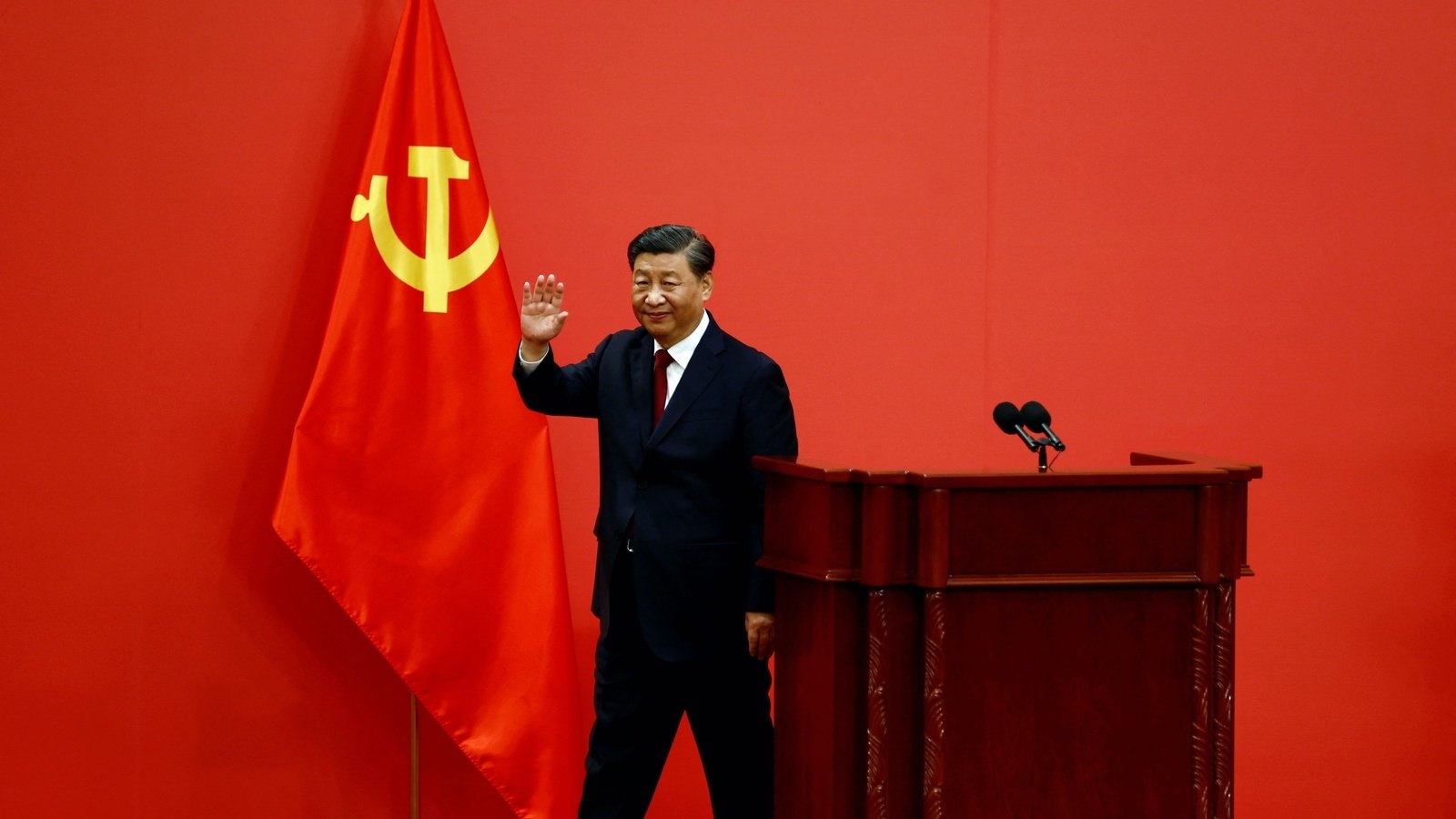“Words can kill” is no longer a philosophical notion—it’s a real factor in electronic warfare today. How, you might wonder? The answer lies in the dual-edged nature of artificial intelligence.
AI’s application in weaponry is already widely recognized, and now, Chinese technology has further enhanced its capabilities.
Chinese Generative AI For Modern Warfare
According to the South China Morning Post, scientists in China’s defense sector have developed a generative AI designed to enhance electronic warfare drone capabilities.
The Chengdu Aircraft Design Institute—famous for the J-20 stealth fighter—has created a large language model (LLM) specifically for drones. It is akin in complexity to ChatGPT but tailored for military applications.
This AI-driven system can rapidly disrupt enemy radar and radio communications, marking a significant leap in artificial intelligence for warfare.
The Chengdu Aircraft Design Institute, renowned for creating the J-20 stealth fighter, has introduced a large language model (LLM) for drones, akin in complexity to ChatGPT but tailored for warfare.
This breakthrough in AI weaponry enables drones to rapidly disrupt enemy radar and radio communications, giving them a significant advantage in electronic warfare.
The LLM-driven system outperforms both traditional AI and human experts. It can adjust tactics up to ten times per second, transforming modern combat dynamics.
This advancement in electronic warfare tactics introduces unprecedented methods to interfere with radar, manipulate signals, and excel in the electromagnetic spectrum, reshaping the role of drones in military operations.
J-20 Jet Designer Integrates Generative AI
The Chengdu Aircraft Design Institute, part of the Aviation Industry Corporation of China, has launched a collaborative research project in partnership with North-western Polytechnical University in Xi’an, Shaanxi Province.
Together, Chengdu Institute and the Aviation Industry Corporation worked on advancing anti-radar technology and avionics.
The large language model (LLM) utilized in this project has been trained on a diverse range of sources, including literature and real-world data.
Northwestern Polytechnical University has played a crucial role by developing a key component that integrates with the LLM. This collaboration enables rapid decision-making and efficient drone command.

Performance & Capabilities
This groundbreaking development, reported by the South China Morning Post, represents the first publicly disclosed instance of LLMs being directly integrated into weapons systems.
While AI has previously been primarily confined to war rooms, assisting human commanders with intelligence analysis and decision-making support, this new system brings artificial intelligence directly to the battlefield.
Tests indicate that the decision-making capabilities of these LLMs in air combat not only outperform traditional artificial intelligence techniques, like reinforcement learning but also surpass those of seasoned human experts.
The LLM is modeled after ChatGPT but specifically designed for military applications. It processes large volumes of tactical data swiftly, enabling rapid decision-making in challenging combat situations. This AI is transforming military operations through enhanced analytical capabilities.
AI has also significantly improved smart jamming techniques. These drones are now more effective at disrupting enemy radar signals and can swiftly adapt to emerging threats, ensuring greater operational security.
A paper published last month by the project team in the peer-reviewed Journal of Detection & Control notes that the research is still in the experimental phase.
Comparison With Human Operators
AI-driven drones can make up to ten decisions per second, significantly outpacing the one or two decisions humans can manage in the same time frame. Researchers confirmed the technology’s feasibility, showing that generative AI can rapidly adjust attack strategies using reinforcement learning algorithms, allowing for changes up to ten times per second.
Additionally, LLMs prove superior in creating a multitude of false targets on enemy radar screens each minute, far outpacing human capability. This makes it harder for enemies to know what’s real.
One of the system’s most significant advantages is its adaptability. Unlike human operators who require extensive training to handle new scenarios, the AI system can instantly adjust its tactics instantly to combat emerging threats.
These advancements enhance drones’ speed and efficiency in executing deception tactics and dynamically responding to complex combat scenarios, significantly improving their effectiveness in modern warfare.
Also, this system accelerates electronic warfare, outperforming traditional AI and human decision-making, and could fundamentally change contemporary warfare strategies.
AI Still Has Limitations
However, despite these impressive advances, the technology still faces several challenges. The research team, publishing their findings in the Journal of Detection & Control, acknowledges that the project remains in the experimental phase.
While this technology shows great promise, it also faces several challenges, such as chip production, miniaturization, and security concerns. Nevertheless, it represents a major advancement for drones and electronic warfare.
This development by China marks a significant milestone in the evolution of military technology, potentially reshaping modern warfare strategies through the integration of advanced artificial intelligence.
The combination of rapid decision-making capabilities, adaptive tactical responses, and superior electronic warfare performance suggests a future where AI-driven systems play an increasingly crucial role in military operations.
- Shubhangi Palve is a defense and aerospace journalist. Before joining the EurAsian Times, she worked for ET Prime. In this capacity, she focused on covering defense strategies and the defense sector from a financial perspective. She offers over 15 years of extensive experience in the media industry, spanning print, electronic, and online domains.
- Contact the author at shubhapalve (at) gmail.com




